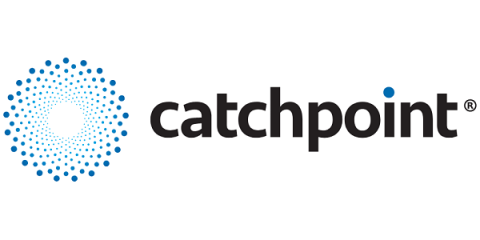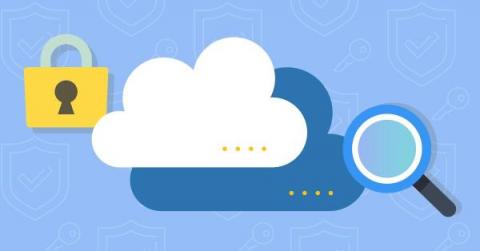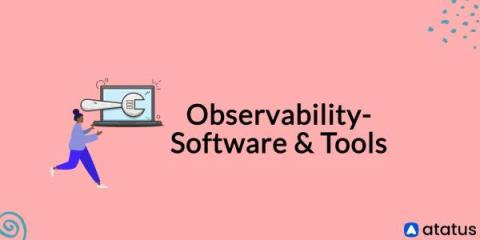Ask Miss O11y: Long-Running Requests
You need not fear a long-lived streaming workload. A few simple tricks can transform a request that may not ever terminate for hours or days into something you can get regular health and status updates on. We in fact have one of those continuous processing services—Beagle, our Service Level Objective stream processor—which we’ve instrumented in this fashion.










